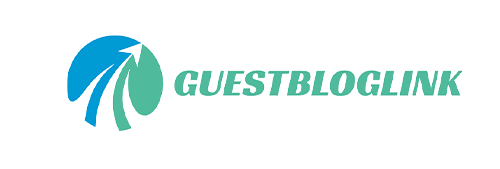Lighting Accessories are intricate systems comprising several essential components, each contributing to the overall functionality and aesthetics of the luminaire. Among these components, optical accessories play a critical role in shaping the quality and distribution of light emitted by the fixture.

Luminaire Body:
The physical structure of the luminaire, encompasses the housing, mounting mechanisms, and overall design aesthetic. It provides support and protection for internal components while also serving as a visual element in the space.Optical Components:
This segment of the fixture is responsible for controlling the direction, intensity, and distribution of light emitted by the light source. It includes primary and secondary optics, reflectors, lenses, diffusers, and other light-shaping elements.Electrical Accessories:
These components facilitate the electrical connection between the luminaire and the power source. They include wires, connectors, sockets, switches, and any other electrical components necessary for the operation of the fixture. Today, we'll focus on the optical aspect of lighting accessories, which plays a crucial role in determining the performance and efficacy of the luminaire. Primary optics form the foundation of the optical design process, addressing factors such as light output, beam angle, color temperature, and uniformity of illumination. Through careful selection and placement of primary optics, designers can optimize the efficiency and visual appeal of the lighting installation. Secondary optics complement primary optics by further refining the distribution of light emitted by the fixture. These accessories include lenses, reflectors, and diffusers, which work in tandem to control glare, minimize light spills, and enhance the visual comfort of occupants.What's the Role of Lighting Accessories?
Lighting Accessories serve as the interface between the light source and the illuminated environment, exerting a profound influence on the perception and ambiance of the space. Their role can be summarized as follows:Light Control:
By manipulating the direction and distribution of light, Lighting Accessories allow designers to sculpt the visual environment, accentuating focal points, and minimizing glare.Energy Efficiency:
Effective optical design maximizes the utilization of light output, minimizing wastage and reducing energy consumption without compromising on lighting quality.Visual Comfort:
By diffusing and softening the light emitted by the fixture, Lighting Accessories enhance visual comfort for occupants, reducing eye strain and creating a more pleasant atmosphere.Aesthetic Enhancement:
Lighting Accessories contribute to the overall aesthetic appeal of the luminaire, adding visual interest and architectural character to the space.





